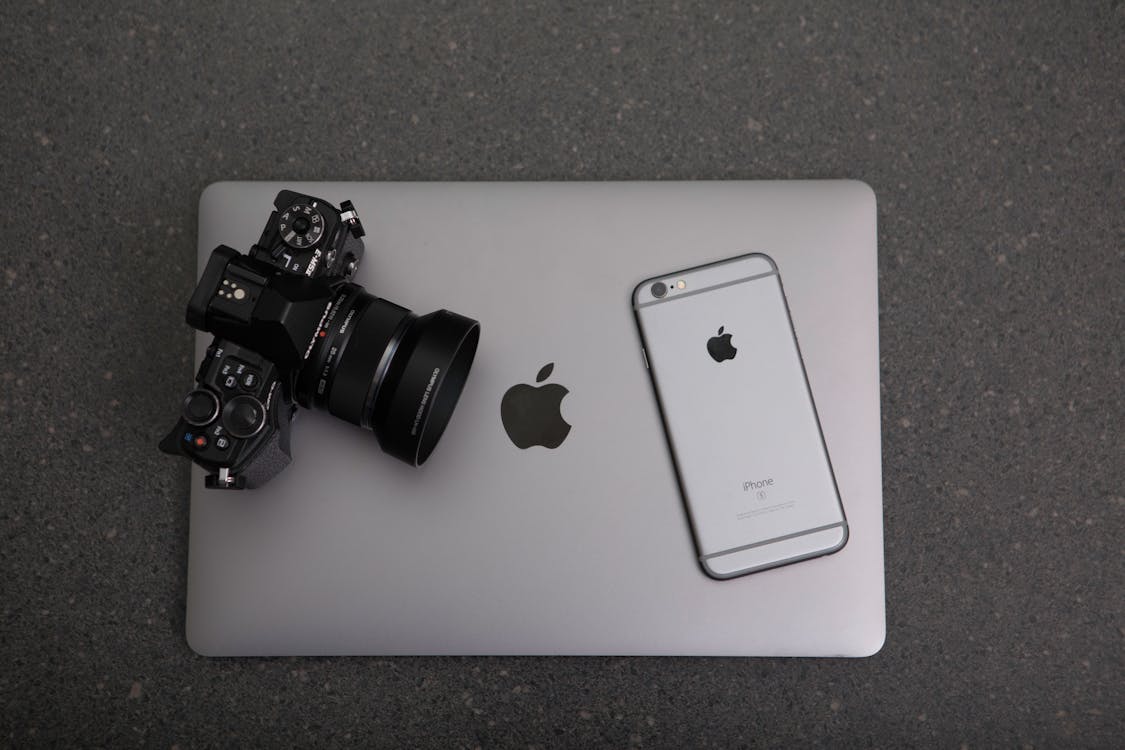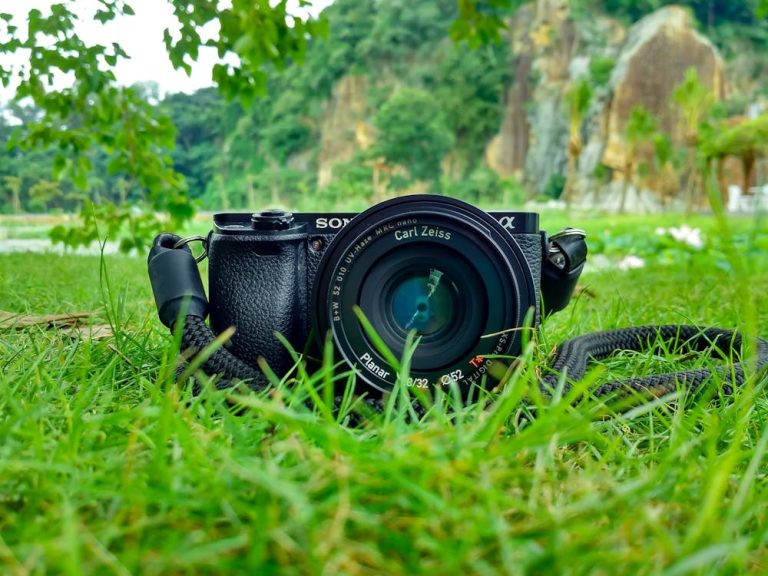A well-curated photography portfolio is one of the most powerful tools for any photographer, whether you’re just starting out or have years of experience. Your portfolio serves as your visual resume, showcasing your skills, style, and versatility. It’s your chance to make a strong first impression on potential clients or employers, so it’s important to put time and effort into building a portfolio that represents you as a photographer.
1. Curate Your Best Work
When selecting photos for your portfolio, focus on quality over quantity. It’s better to have a few exceptional images than a large collection of mediocre ones. Choose photos that demonstrate your technical skills, creativity, and unique style.
- Showcase Variety: While it’s essential to have a signature style, your portfolio should also demonstrate your versatility. Include a range of subjects, such as portraits, landscapes, product photography, and editorial work, to show potential clients that you can handle different styles and types of shoots.
Be selective—only include images that reflect your current skill level and the kind of work you want to attract. If there are any older images that no longer align with your style or ability, remove them.
2. Tell a Story with Your Portfolio
A great portfolio doesn’t just showcase a collection of photos—it tells a story about who you are as a photographer. Organize your work in a way that takes the viewer on a journey through your skills and style.
- Thematic Grouping: If possible, group your images into categories or themes, such as “Nature,” “Portraits,” or “Street Photography.” This gives your portfolio structure and helps clients or employers understand your areas of expertise.
- Personal Touch: Consider including a brief introduction or artist statement at the beginning of your portfolio. This gives you an opportunity to tell your story, describe your photography journey, and explain your creative vision.
3. Keep It Simple and Easy to Navigate
Your portfolio should be clean, organized, and easy to navigate. Whether it’s a physical portfolio or an online one, simplicity is key. A cluttered portfolio can overwhelm viewers and distract from your work.
- Minimalist Design: If you’re creating an online portfolio, choose a minimalist design that highlights your photos. The website design should be intuitive and responsive, making it easy for users to browse your work on any device.
- High-Quality Images: Make sure your images are displayed in high resolution. Don’t compress your photos too much, as this can result in blurry or pixelated images that don’t do justice to your work.
4. Showcase Your Range and Growth
Your portfolio is a reflection of your journey as a photographer, so it’s important to show how your skills have evolved over time. Include projects that demonstrate your growth, whether it’s through improved technical abilities or the development of a more refined style.
- Highlight Projects: If you’ve worked on larger, more involved projects—such as a series, collaboration, or exhibition—be sure to include these in your portfolio. This shows potential clients or employers that you can handle long-term projects and understand the process of planning and executing a photo shoot.
5. Regularly Update Your Portfolio
Your portfolio isn’t a static document—it should evolve with you as you grow in your photography career. Regularly update it with new work, and remove older photos that no longer represent your current skills and style.
- Fresh Content: As you shoot more, add new, stronger images to your portfolio to keep it current and relevant. Keeping your portfolio updated shows that you’re active and dedicated to your craft.
Conclusion: Make Your Portfolio Shine
Your photography portfolio is one of the most powerful tools you have as a photographer. By curating your best work, organizing it thoughtfully, and maintaining a simple, professional presentation, you can create a portfolio that truly reflects your skills and vision. Remember, it’s not just about showcasing your photos—it’s about telling your story and leaving a lasting impression on those who view your work.



